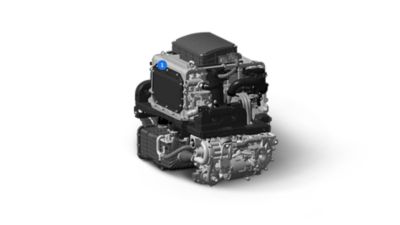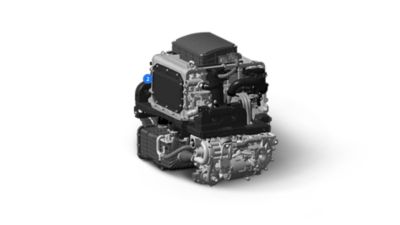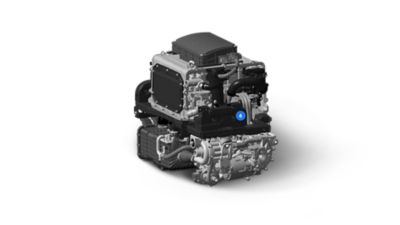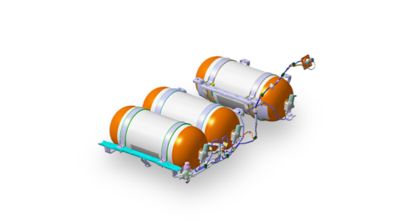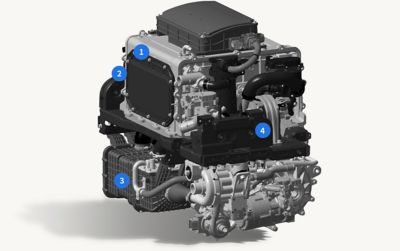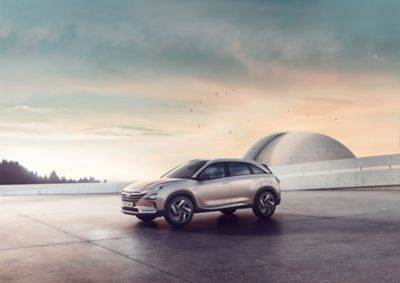Evolving with Intention.
Fuel Cell Electric Vehicles (FCEVs) are a type of electric vehicle that generate their own electricity using oxygen and hydrogen. Hyundai has been researching and developing fuel cell technology for over 25 years and aims to lead in this field, contributing to the advancement of a more sustainable automotive industry.
How it works.
A fuel cell, also known as a tertiary battery, is a device that converts chemical potential energy stored in hydrogen molecules into electrical energy. This reaction requires oxygen and generates electricity to power the motor, which propels the wheels. The system operates with efficiency, and its byproducts are water and heat.
Hydrogen Refuelling Public Network.
Refuelling with hydrogen is quite similar to refuelling with petrol or diesel. Generally, it takes about five minutes for a passenger car, although the exact time can vary depending on the size of the tanks. Public refuelling infrastructure in the UK is currently limited. New refuelling stations and clusters are expected to be developed over the next five years.



